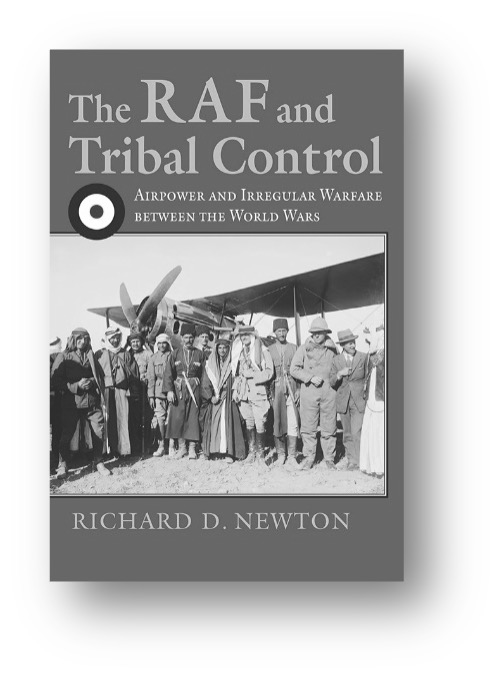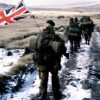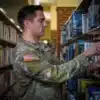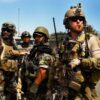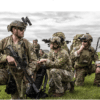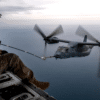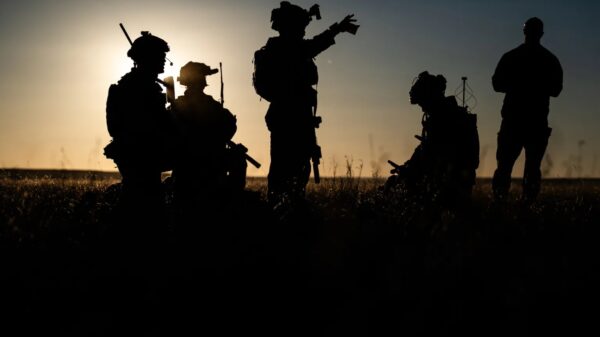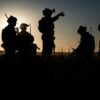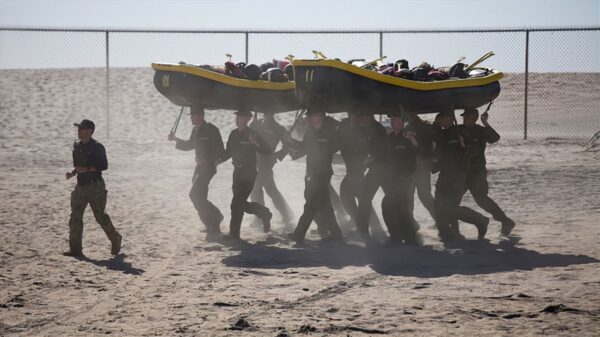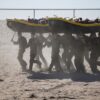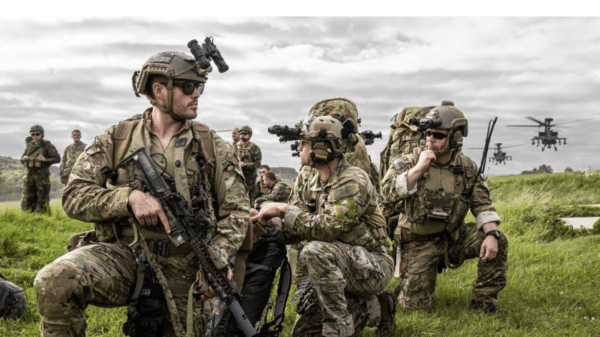978-0700628711, University Press of Kansas, November 2019, 240 pages, $40.00
Reviewed by: Joseph Whittington, Joint Special Operations University, Tampa, Florida, USA
Since its inception, airpower has had a variety of applications, outcomes, and effects. Initially, airpower was merely a contributing enabler. However, with time, it matured into a more independent effort. The conditions and manner in which airpower assets were employed by politicians and military planners have strongly shaped opinion as to whether its application was ultimately successful or not. In this well-researched book, framed between World War I and II, Richard Newton chronicles how the British government used the British Royal Air Force (RAF) as a personnel- and resource-reducing option to maintain order and provide response within its global empire.
One theory Newton explores in this book is that airpower, as an equal substitute to ground power, can influence the behavior and actions of those on the ground. He recounts how, during the interwar period, British politicians, via the RAF aircraft and its airmen, influenced indigenous tribes. Through coercion or persuasion, they ensured compliance with British mandates and promoted order among the inhabitants, local government, and British representatives. The experimental method was termed “air control scheme” or “air control method.” Newton defines air control as “the sum total of air-oriented actions taken to influence the behavior of the local population and adversaries to conform to desired standards of conduct.”
Following World War I, Great Britain faced significant economic challenges. The nation needed to address war debt, reduce costs of policing the empire, and care for its war veterans and citizens. Of these priorities, policing the empire was mainly performed by the British Army. To reduce expenses, manpower, and resources, the idea of air control was promoted as a viable policing option. This was initially applied in remote, open areas and was more affordable than what the Army historically provided. Spearheading the concept was Sir Winston Churchill, Secretary of State for War and Air and later Secretary of State for the Colonies, and Sir Hugh Trenchard, the Chief of the Air Staff.
The air control scheme gained political support and was successfully launched in Mesopotamia (now Iraq). Leaflet drops disseminated threats of precision bombing and strafing to inhabitants on the ground. Consequently, forty-two insubordinate tribal leaders yielded to British directives without a shot fired or a bomb dropped. Air control was then introduced and had similar success in Transjordan (now Jordan) and Aden (now Yemen). However, campaigns executed in Palestine and the North-West Frontier of India yielded less successful results due to the urban setting and mountainous terrain. Still, the effort reinforced the efficacy of the air control approach as a means for Britain to control its colonies without having to fully occupy them.
Newton’s research affirms that irregular warfare was and remains inherently a land-centric endeavor. He notes, “Successful tribal control required ‘some boots’ on the ground maintaining situation awareness and providing a personal reminder that colonial authorities could and would use airpower to punish should the locals fail to comply with political officers’ requirements.” To demonstrate power and influence, the British combined airplanes and armored cars—high-tech items at the time—to “strike targets when necessary, reconnoiter and map large areas, transport people and supplies where they were needed, and provide visible evidence of the government’s ability to go where it wished whenever it chose.” However, the key integrator of this air-ground function—essentially the linkage between technology to task—was the ground-based Strategic Service Officer (SSO).
Newton highlights that this critical function was not existent in the RAF prior to 1920. To build a cadre of SSOs, the RAF recruited pilots, observers, and soldiers who were fluent in or willing to learn Arabic. Ultimately, SSOs were equipped with cultural, psychological, social, and economic understanding. When deployed, they combined functional skills within their area of responsibility to communicate and orchestrate the full range of airpower options during operations. Being on the ground proved to be an inherent benefit because it allowed SSOs to gather and share intelligence. This deliberate approach has similarly been modeled and utilized within the American military—particularly within the Special Operations Forces (SOF), including Army Green Berets and Air Force Combat Aviation Advisors. It has also been further extended to the conventional forces during the Global War on Terror.
A common saying within the SOF community is “relationships matter.” Newton emphasizes that SSOs built connections through “communicating with community leaders, adaptation to local habits and customs, and building relationships with significant individuals, they developed the ability to sense when something was amiss. Day to day, the SSOs’ presence served as a stabilizing influence among the tribes.” Furthermore, they were able to directly communicate the potential use of force and apply measured kinetic and non-kinetic actions to restore order while seeking to minimize potential casualties.
Newton concluded that airpower alone could not be the sole decisive factor in irregular conflicts. Rather, if coupled with ground-based capabilities, it could promote greater success. Further, he identifies the airman on the ground as the element that maximized airpower’s success. “It was the SSOs who made the air control scheme work, serving as the ‘eyes, ears, and mouths’ of the civilian administration in areas too dangerous or isolated for political officials and bringing the appropriate elements of airpower to bear if, when, and where needed.” I highly recommend this book to the strategist, analyst, and planner. One century later, the lessons Newton captured regarding air control and the use of SSOs still have relevance and value. Today, the United States focuses on integrated deterrence against near-peer adversaries and tempering violent extremist organizations. Thus, soft skills like language, cultural knowledge, negotiation, and mediation can be equally as impactful as the threat of kinetic options when seeking to influence both friend and foe. While technology is an enabler and enhancer, it lacks a human component. Essentially, the first SOF truth still applies: “Humans are more important than hardware.”
Joseph Whittington is a Course Director and Instructor at the Joint Special Operations University.
